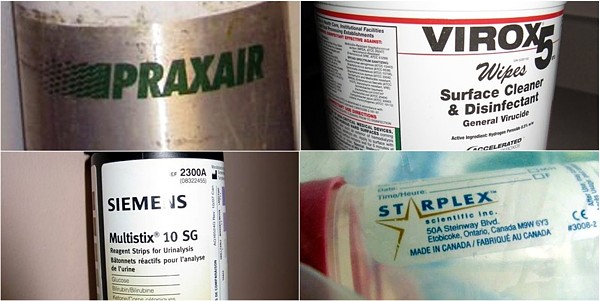Brandvelope client EnergyMobile launches new mobile app
Disclosure: This is an article about a client’s product, dosage so we may be a wee bit biased. But we can also get you a free pass, so read on!

Our house. Big power. Lacking cents.
If you’re like me, you prefer not to think about electricity. Or how much you’re spending on it. But a few things have conspired in my life to make power use a real “hot wire”:
- 1) Three growing kids. Suddenly, our house has gone from 2-3 loads of laundry per week to 8-10 loads and climbing. That’s a lot of power, and it ain’t cheap.
- 2) Increasing daycare costs. With three kids in daycare, we’re having to penny-pinch like never before, so suddenly “invisible” costs like food, water, and energy bills are in the spotlight as places to save some money.
- 3) Ontario time-of-use metering. For non-Ontario folks who haven’t encountered this, rates for power are cheaper during hours considered “off-peak” for a given time of year – basically, an incentive to wash your potty-training toddler’s pee-soaked socks (yes I said socks) late at night or really early morning.
- 4) Me being an idiot. As I said, energy has never been a top-of-mind concern for me, so I have no idea what a kilowatt-hour means, and I can never remember what time the price changes, or how much money I’m actually saving.
- 5) Carbon footprint. Last one, but it’s got to be on my list with a seven year old daughter who is becoming militant about making sure polar bears don’t have to swim too far. And while time of use isn’t about using less energy per se, it turns out there are lots of easy things all of us can do to save energy, money, and hopefully, save polar bears without using giant polar water wings.
So we’re trying to save energy, but we need help
 That’s why it was so cool to work with Tim Johnson as he developed, refined, and launched this iPhone app (at right). Because it’s really designed for, well, me – and people like me, who want to save energy, but are too busy or forgetful to get into the right habits without help.
That’s why it was so cool to work with Tim Johnson as he developed, refined, and launched this iPhone app (at right). Because it’s really designed for, well, me – and people like me, who want to save energy, but are too busy or forgetful to get into the right habits without help.
Basically, like Tim’s other business Energy Insight (also a Brandvelope client) it’s about making Energy concepts easy to understand and giving people convenient tools to help them do the right thing without getting a degree in electrical engineering.
Here’s the basic idea of Powercents from an Ottawa Citizen article yesterday:
Called Powercents, the smart-phone app by EnergyMobile Studios of Ottawa is billed as a tool to help Ontario consumers make better decisions about household energy use.
“The best way to do that is with good, simple access to information that is not clouded by any specific agenda,” EnergyMobile founder Tim Johnson said.

The main screen is all about Time of Use, and helping you see what the rates in Ontario are right now, and how soon they’ll change, so you can plan a bit better.
But even better, as you can see at right, there are lots of charts to help you understand exactly how much money you’re saving with big power hogs like dishwashers and laundry machines.
So check it out!
You can buy it yourself from the iPhone store. It’s $1.99. And let us know what you think.
Or, get it for free! If you’re one of the first five people to retweet or Like this post, (and you live in Ontario) I’ll send you a code for a free download.


 The new device is a joint project between Apple and Joseph products – makers of the classic Clapper and Chia technologies.
The new device is a joint project between Apple and Joseph products – makers of the classic Clapper and Chia technologies. Herbal, organic and fully biodegradable.
Herbal, organic and fully biodegradable.




 In a “serious” environment like a hospital, I’d expect muted, understated brand practices – heavy descriptive names and generic product numbers. But I was surprised how many of the product brands seemed to be using edgy or aggressive naming conventions. Notice a small sample of all the “X’s I found in brand names.
In a “serious” environment like a hospital, I’d expect muted, understated brand practices – heavy descriptive names and generic product numbers. But I was surprised how many of the product brands seemed to be using edgy or aggressive naming conventions. Notice a small sample of all the “X’s I found in brand names.


